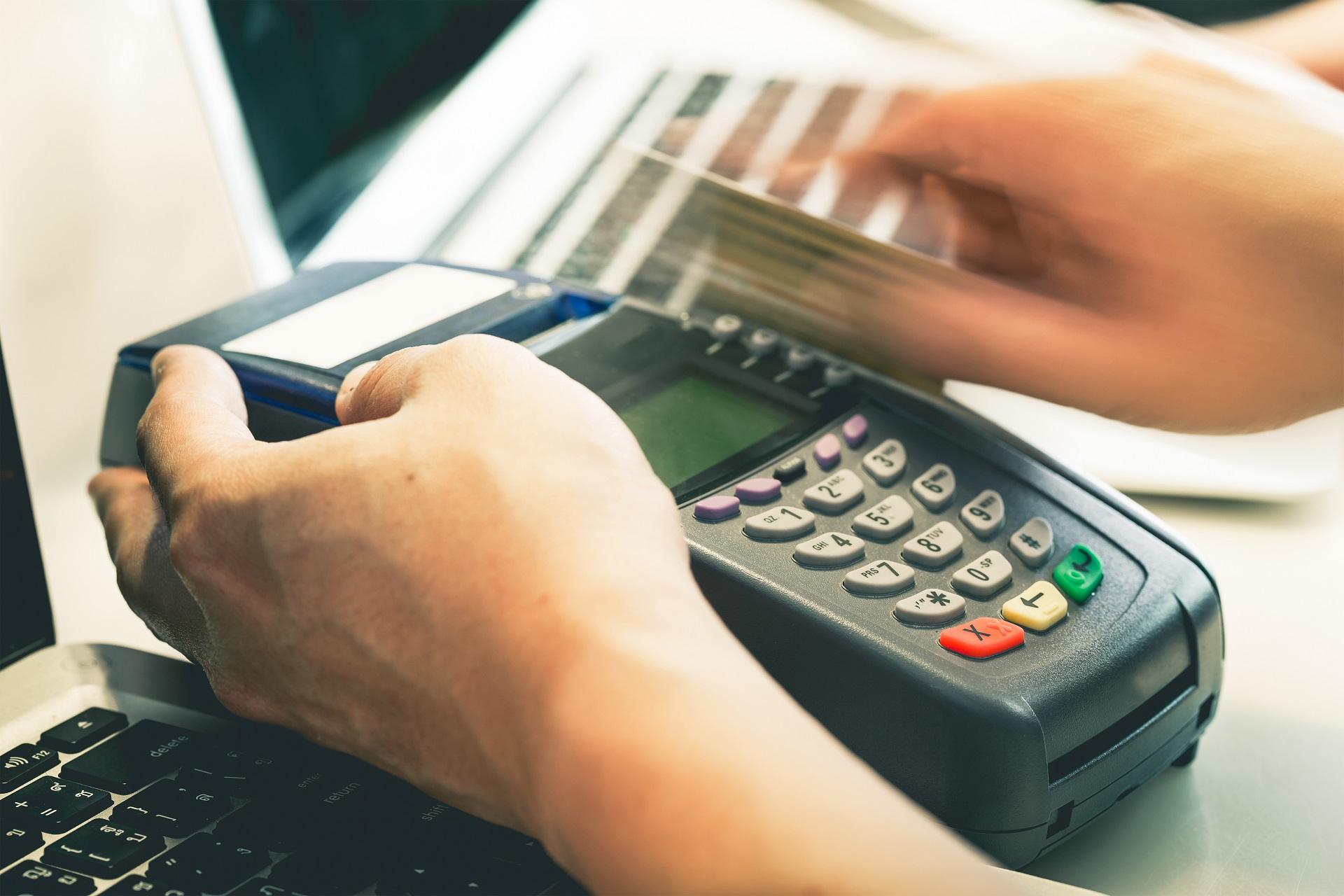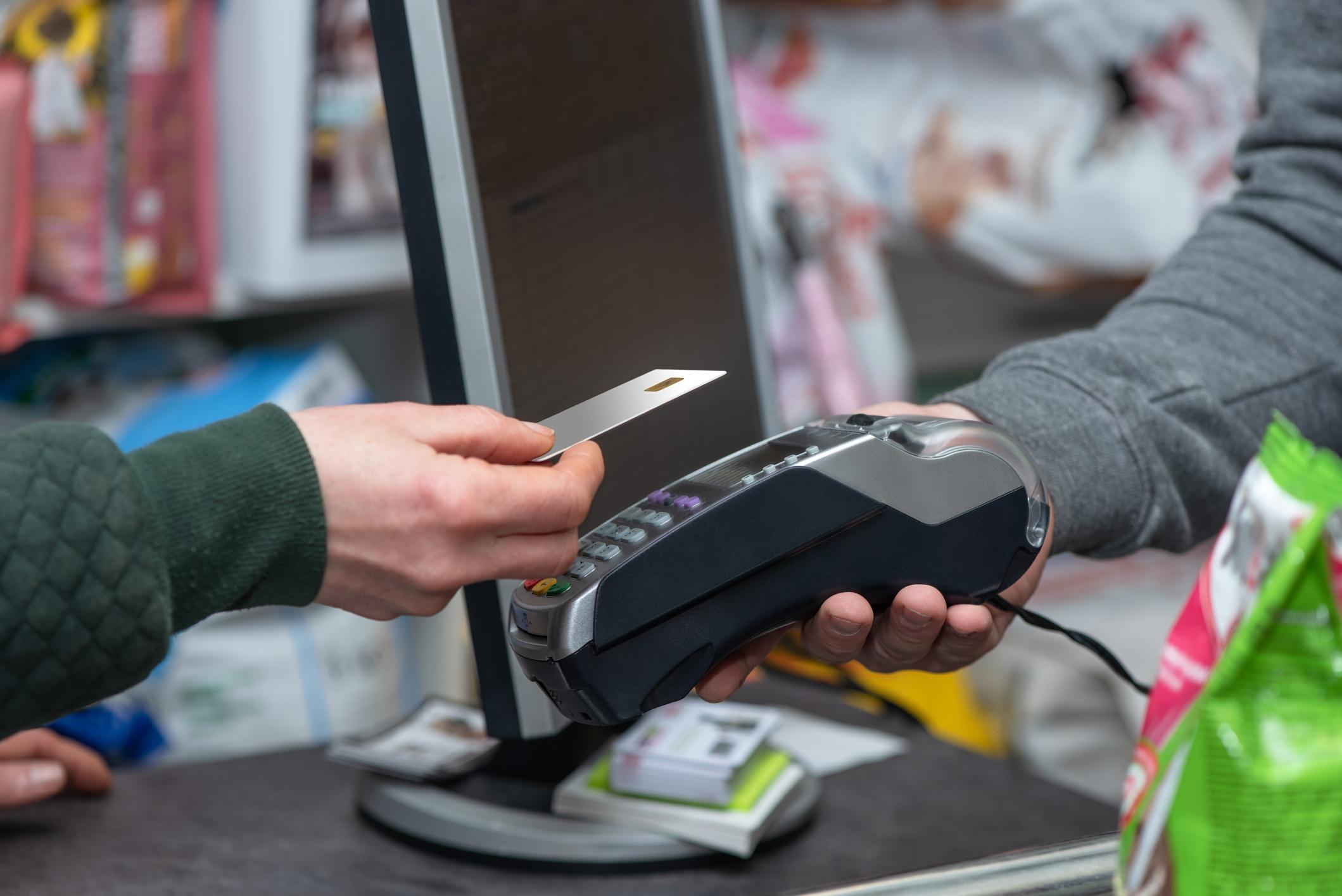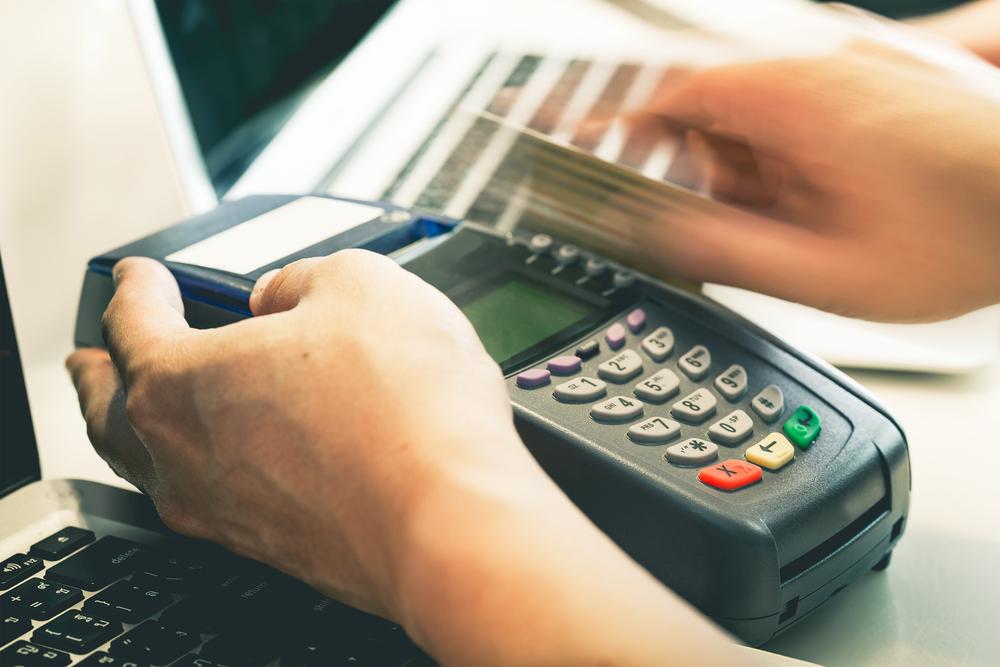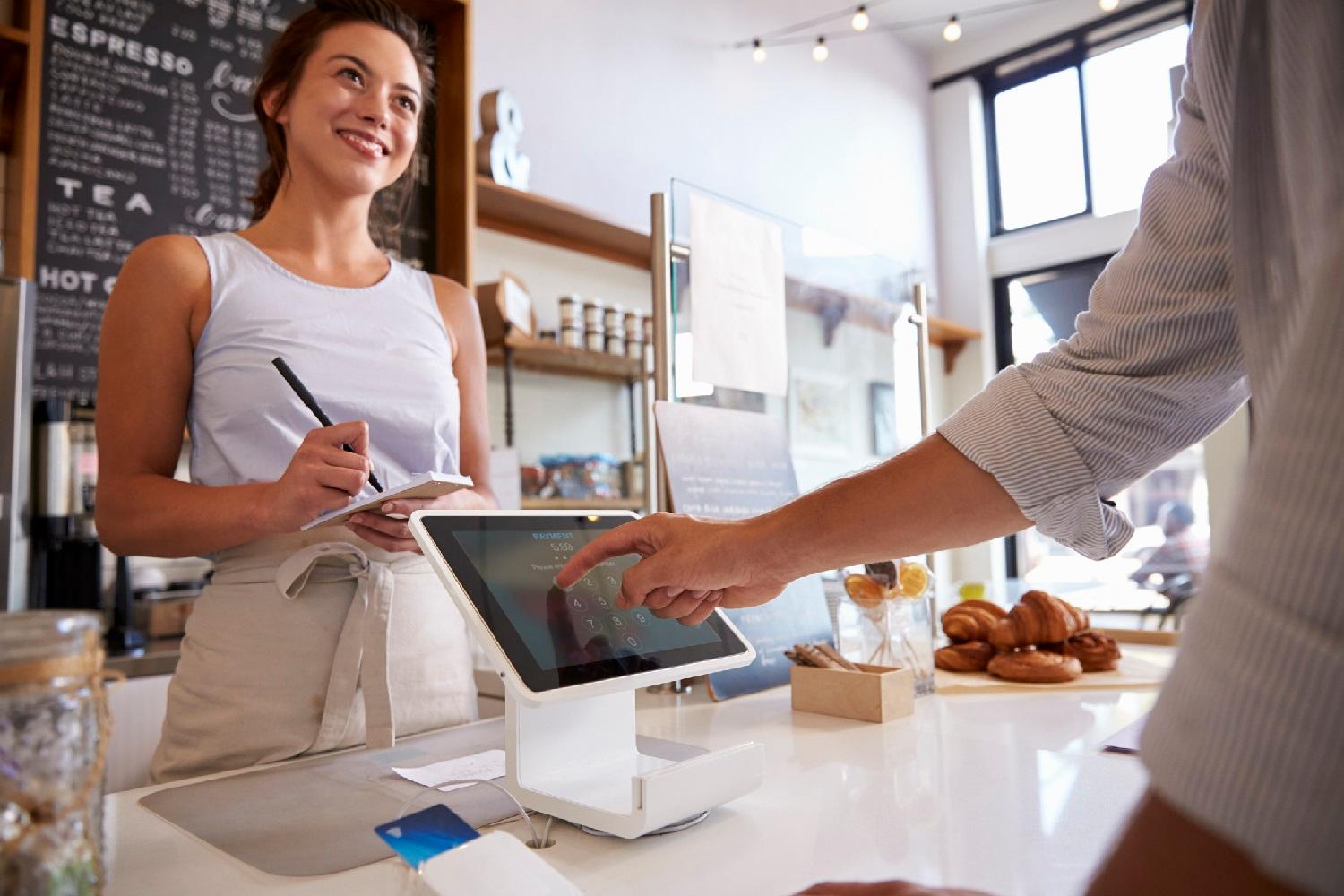MENU
Start
- Best Small Business Loans for 2024
- Businessloans.com Review
- Biz2Credit Review
- SBG Funding Review
- Rapid Finance Review
Our Recommendations
- 26 Great Business Ideas for Entrepreneurs
- Startup Costs: How Much Cash Will You Need?
- How to Get a Bank Loan for Your Small Business
- Articles of Incorporation: What New Business Owners Should Know
- How to Choose the Best Legal Structure for Your Business
Our Guides
- Business Ideas
- Business Plans
- Startup Basics
- Startup Funding
- Franchising
- Success Stories
- Entrepreneurs
Small Business Resources
Grow
- The Best Credit Card Processors of 2024
- Clover Credit Card Processing Review
- Merchant One Review
- Stax Review
Our Recommendations
- How to Conduct a Market Analysis for Your Business
- Local Marketing Strategies for Success
- Tips for Hiring a Marketing Company
- Benefits of CRM Systems
- 10 Employee Recruitment Strategies for Success
Our Guides
- Sales & Marketing
- Finances
- Your Team
- Technology
- Social Media
- Security
Small Business Resources
Lead
- Best Business Phone Systems of 2024
- The Best PEOs of 2024
- RingCentral Review
- Nextiva Review
- Ooma Review
Our Recommendations
- Guide to Developing a Training Program for New Employees
- How Does 401(k) Matching Work for Employers?
- Why You Need to Create a Fantastic Workplace Culture
- 16 Cool Job Perks That Keep Employees Happy
- 7 Project Management Styles
Our Guides
- Leadership
- Women in Business
- Managing
- Strategy
- Personal Growth
Small Business Resources
Find
- Best Accounting Software and Invoice Generators of 2024
- Best Payroll Services for 2024
- Best POS Systems for 2024
- Best CRM Software of 2024
- Best Call Centers and Answering Services for Busineses for 2024
Our Recommendations

Online only. Expires 4/27/2024
How to Accept Mobile Credit Card Payments

Table of Contents
Mobile credit card payments make it easy for customers to quickly make a purchase and get on with their day. Luckily, you won’t need a bulky credit card machine to complete these transactions either — all you’ll need is a mobile credit card reader to take credit card payments on your phone. These devices allow customers to pay anywhere, anytime with a swipe of a card or another similarly quick method. As customers become increasingly familiar with mobile credit card payments and contactless payment options, it becomes more important for retailers to offer these options for customer convenience and satisfaction.
Mobile credit card readers explained
A mobile credit card reader is a device that you plug into your smartphone’s headphone jack so your phone acts as a credit card reader. You usually have to download a mobile payment processing app to use the reader.
Mobile credit card readers enable payment through traditional card swipes, chip payments or contactless payments (learn more below). Some card readers also let you accept alternative payment methods, such as PayPal or Venmo. If you lose your internet connection, you may be able to make a sale offline and process it later.
Mobile credit card readers and apps can also enable you to track inventory on the go and offer electronic receipts to your customers. While these are all upsides, there is one financial impact to consider: To use a mobile credit card reader, you must pay processing fees. These fees may be based on a flat rate, per transaction or a combination of both.
A mobile credit card reader allows you to accept debit and credit card payments via a mobile device, unlike conventional credit card terminals.
How mobile credit card readers work
There are three types of mobile credit card readers, each working slightly differently with varying levels of security:
- Magstripe: These are credit cards that customers swipe to use — the term is short for “magnetic” and “stripe.” With magstripe mobile credit card payments, the customer’s payment information is stored in the card’s magnetic strip, where it is static and unencrypted. As such, scammers can steal a customer’s credit card information easily.
- EMV: This is the official term for credit card chip payment. Since chip data dynamically encrypts customer payment information, scammers have a far more difficult time accessing this data. That makes EMV mobile credit card payments significantly safer than magstripe payments. If your company swipes (rather than inserts) cards that have EMV chips, you could be held liable for any resulting fraud. You should also be aware that the data complexity of EMV transactions can lead to slower processing times. [See what else small businesses need to know about EMV technology.]
- Near-field communication (NFC):. More commonly known as contactless pay or mobile wallet payments, NFC facilitates wireless customer payment data transmissions to a mobile credit card reader directly from the customer’s phone. NFC data is dynamically encrypted and changes with each transaction, making contactless payments especially secure. Additionally, customers must enter a PIN or scan their fingerprint to approve NFC transactions, adding additional security. NFC transactions are processed near-instantly.
Any magstripe, EMV or NFC card reader can be Bluetooth-enabled. With a Bluetooth-enabled reader, you can accept customer payments within a short distance of your smartphone or tablet. You don’t even have to bring your mobile device with you to every transaction — your Bluetooth-enabled reader itself is all you need within an adequately short distance.
>>Read related article: Mobile credit card processing myths
How to accept mobile credit card payments
The market is crowded with a dizzying array of options for accepting credit cards via mobile devices. Learning to accept mobile credit card payments is easy, but you should understand the process and the major players in the market. Take the following steps to get started.
1. Own a business.
It might sound obvious, but most mobile credit card payment providers require applicants to prove they have a business before they can sign up to use their services. Credit card readers aren’t available for personal, nonbusiness use.
The good news for business owners is that virtually any business of any size can get approved, whether you own a boutique, run a handyman service, coach sports or sell wool socks you knit in your spare time.
“Small business owners, street vendors and businesses that set up at events throughout the year can benefit greatly from mobile processors, but brick-and-mortar stores should still consider it if they want the option of paying away from the cash register as well,” said Nathan Grant, a senior finance industry analyst at MoneyTips.
The smallest businesses have the most to gain by opting for mobile credit card readers, which are cheaper and far more portable than traditional options. Businesses that don’t accept credit cards are practically guaranteed to miss out on some sales as fewer people carry significant cash in their wallets these days.
2. Pick a mobile device.
Before you select a mobile credit card reader, you need to have at least one compatible mobile device to pair it with. Don’t worry — there are options for virtually every mobile platform, including iOS, Android and Windows Phone. [Find out how to use your iPhone for credit card processing.]
A major benefit of modern credit card readers is that they work with the devices you already own. You don’t need to carry additional hardware aside from the reader add-on itself. Most credit card readers attach to your device via the headphone jack or charger port and are small enough to fit in your pocket.
If you prefer to process payments without a separate adapter, many services allow users to complete a transaction by entering credit card information manually into any internet-connected phone. But for the sake of convenience, lower credit card processing fees and privacy, most small businesses should spring for a card reader add-on.
3. Pick a credit card processing company.
Choosing the right credit card processing service for your business is the most complicated part of the process. You should evaluate startup costs, ongoing fees and device compatibility when shopping the market.
The best credit card processing companies have competitive transaction fees, a fast and free application process and a high approval rate. Many of the leading services offer similar functionality, but fees and other costs vary widely. Some lack a few basic features, like the ability to capture a written signature or to void transactions directly from your mobile device.
“The primary differences between traditional processors and mobile processors are the costs and fees associated, which depend on which types of payment you want to be able to accept for your business,” Grant said.
When selecting a credit card processing service, compare the fees each company charges as well as the different features offered. Also, note that some services require the use of a mobile app. Downloading the app allows you to properly use either an internet-connected mobile device or the mobile credit card reader. Each vendor is a little different with how it uses its payment gateway, so be sure to know what offering you’re receiving.
Most card readers accept both debit cards and credit cards but be sure to confirm with the company before purchasing its processor. Some customers prefer to pay with a debit card, so you’ll want to ensure there aren’t added complications with different card types.
Check out our Merchant One Review for a credit card processing vendor with easy approval.
4. Secure your device.
Before you process your first mobile credit card payment, take a few minutes to ensure your mobile device is secure and all software is updated. That includes installing the latest updates to your mobile operating system.
Only install apps from trusted sources. Apps you download from the Apple App Store, Google Play or Windows Phone Store are probably fine; apps downloaded from elsewhere on the internet may not be.
During business hours, consider keeping the device you use for mobile transactions locked with a password. If the device is lost or stolen, you’ll rest easy knowing your data is safe. Keeping data secure is a vital but often-overlooked aspect of using mobile credit card readers. If your mobile card reader gets hacked, the ensuing fallout could damage your small business’s reputation. Always work to protect your customer data.
5. Set up shop.
Most credit card processing services ship a free card-reader attachment for your mobile device when you sign up. After you receive your reader, generally you need to download a corresponding app to operate it.
Each app is different, but most need to be configured to customize the payment process. For example, you can usually specify whether to display an option for tips and whether to prompt customers to enter their email address, among other customizations.
If you’re taking the mobile credit card reader to a particular location as your main way of accepting payments, test the process before you arrive. Losing out on sales because you didn’t set up your payment processor correctly would make for a negative experience, so make sure customers can pay without problems before you launch.
PayPal has a mobile credit card reader under the name PayPal Zettle.
6. Promote your new mobile credit card payment option.
What good is a new mobile payment option if nobody knows about it? You could lose business if customers don’t know you’re equipped to accept credit cards and that it’s easy to pay for your products.
Mention to customers that you now accept mobile credit card payments and offer to show them how the device works. If customers visit your brick-and-mortar place of business, put up a sign explaining the new payment option.
You can also use your website and social media outlets to spread the word, especially if you attend events or trade shows.
7. Keep an eye on transaction fees.
Giving customers the option of paying by credit card may increase business, but for very small transactions, the cost of fees can cut into or erase your profit. Credit card transaction fees are a critical consideration when accepting mobile payments.
Grant offered a solution for small businesses worried about the fees associated with a mobile card reader: “If you want to be able to offer mobile payment methods but worry it could cut into your business, consider setting a minimum payment for credit purchases.”
Let’s say you run a local candy shop, and you’re at a community event downtown. Consider requiring a minimum purchase of $10 if a customer wants to pay using a credit card. This way, the fees for your mobile card reader will only apply if a customer at the event buys $10 or more of product. You can accept cash for all purchases under $10.
If fees are a concern, there are ways to work around them to better serve your business. However, if you can’t find a way to use a mobile credit card reader without excessive expenses, it might be worth using more traditional credit card processing solutions.
Mobile credit card payments help your customers — and you
Mobile credit card readers can be a good investment for businesses, especially those that make sales at events, on job sites or any other place away from a permanent place of business. When searching for the right mobile credit card processor for your business, scrutinize general pricing, fees and security measures.
The goal of accepting credit card payments on your mobile device is to make it easier for customers to pay from anywhere. If you keep that goal in mind while also aiming to reduce costs and increase data security, accepting mobile credit card transactions can help your business grow and thrive.
Sally Herigstad and Max Freedman contributed to this article. Source interview was conducted for a previous version of this article.










